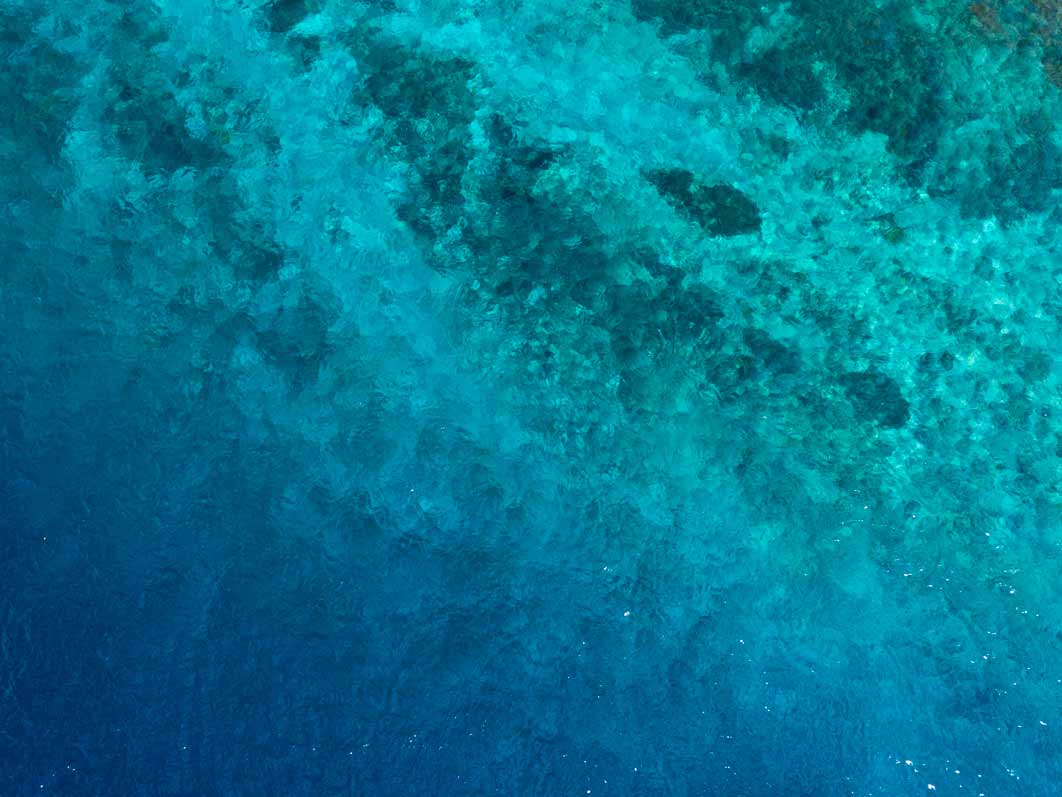Diving with Mantas – Etiquette Top 10


Manta Rays are majestical creatures that are on many divers’ bucket list! Here in Komodo the resident population sits at about 1200 identified individuals and scuba divers travel from all over the world to dive with these amazing animals. Manta etiquette and the right way to behave underwater is hugely important for all of us, as divers, to understand.
You may or may not know that individual mantas are identified by the pattern on their bellies! The belly spots on each manta are totally unique like the human fingerprint so each time a new manta is identified it is logged in the Marine Megafauna database which is why we can state with confidence there are over 1200 different individuals in Komodo National Park!
Why Komodo?
The fast currents and nutrient rich waters of Komodo help to keep our resident population happy and full! Mantas can be found at many of the dive sites in Komodo, but are most commonly found at Karang Makassar (a.k.a Manta Point), Mawan and Manta Alley. These dive sites in particular have Cleaning Stations that mantas enjoy to spend time at.
Manta Etiquette
Mantas are majestic, intelligent creatures and it is important that our interaction with them (as well as all forms of marine life) is as un-intrusive and respectful as possible!
Dive Guides will tell you during the dive briefings that it is important that we do not touch and do not chase the marine life. This goes for all creatures from the biggest manta to the smallest nudibranch.
Our interaction with mantas is often talked about and organisations such as the Marine Megafauna Foundation (MMF) offer specific guidance on how we should act while in the presence of these awesome animals.
Let’s take a look at some of the important points to remember below:

First of all what is a Cleaning Station?
Cleaning Stations are locations where different marine life will come to be cleaned by smaller creatures. Cleaning Stations can be found in both freshwater and marine environments and are used by a wide variety of animals.
Cleaning Stations are great examples of mutualism. This refers to a mutually beneficial ecological relationship between different creatures.
Mantas love Cleaning Stations!! They have often been shown to spend up to 8 hours per day cleaning and incredibly have also been shown to have favourite stations. Individuals have actually been recorded choosing one Cleaning Station over another!
As a manta approaches a Cleaning Station they slow their approach and will often look like they are “hovering” in one spot. Smaller creatures such as cleaner wrasse and butterfly fish will then approach the manta and help to clean the external surfaces by removing dead skin and and parasites they may find. As mentioned this process can sometimes last for hours and the manta will move in and out of the Cleaning Station in a loop pattern to make the most of the experience!
Cleaning Stations are an integral part of a manta’s life cycle and play a huge role in ensuring their health and wellbeing.
If you have been lucky enough to see mantas while cleaning you will see how elegant and “polite” the process is.
If there are multiple individuals at one Cleaning Station they will patiently wait and take turns moving in and out of the area. This process can last for hours with each looping around to the Cleaning Station pausing over the reef for moments at a time until they move out and the next individual will move in.
As scuba divers it is very important for us to be respective of this behaviour and ensure we don’t interrupt the line! This is why we recommend that all divers stay at least 3 metres away from the Cleaning Station area. If we are to encroach on this area the mantas will move away quite quickly to give us – the human – space to be cleaned! The smaller creatures doing the cleaning will also move away and hide among the coral and rocks as they are fearful of quick and sudden movements.
Your Dive Guides will always be keeping on eye on the group to ensure that an over excited diver isn’t getting too close and we will give you a little tap to call you back. If everyone follows this simple rule it means we can enjoy the show for the duration of the dive as it is likely we will be ready to leave due to air consumption before the mantas are finished cleaning!
Other important things to note:

Mantas are large animals with the Reef Manta (aka Manta Alfredi) reaching a wingspan of 3-4 metres on average. It is important that we don’t chase or approach mantas from behind as they will often interpret this as predatory behaviour and swim away. With their large wingspan they are much faster than we are!
It is important also not to approach from above (especially so for snorkellers) as again they will interpret this as danger and move away.
Mantas do not respond well to divers who are moving quickly so being slow and remaining still is the best option.
It is vital that we never attempt to touch any marine life. A manta, if feeling secure and confident, is very inquisitive and there are many individuals here in Komodo that like to come in close and have a look at us divers! Mantas can come within centimeters of the a diver and it is so important that we do not try to touch them (although we understand the temptation!). Mantas have a protective film on their skin and human oils (even underwater) from our fingertips can be damaging to this.
The best advice we can give you
Let the mantas control the interaction! You will hear our Dive Guides say this a lot and we can promise you that this approach will give you the very best opportunity to enjoy magical experiences with these animals underwater.
Mantas are smart and intelligent, if they feel in control and not threatened they will often come closer and stay around for longer. We tell our divers to stay relaxed, stay calm, don’t move too much, don’t try to chase or touch or get close and they are more likely to come to you!
A quick recap:
- Don’t chase the marine life
- Don’t try to reach out & touch them
- Stay calm and relaxed
- Don’t swim quickly towards them
- Wait for the mantas to come to you!
- Don’t approach the Cleaning Stations (watch your dive guide’s position and don’t go any closer)
- Never swim into or over a Cleaning Station
- Always try and stay 3 metres away from the Cleaning Station areas at all time.
- For snorkellers – try not to swim over Cleaning Stations & don’t duck dive from above
- For photographers – try not to use excessive flash
If you would like to find out more about the Mantas of Komodo and the best time to dive here please get in touch now!

about us
Looking for tips and tricks about diving, marine life or what to do in Indonesia? Follow us on our blog for weekly updates from the team!




